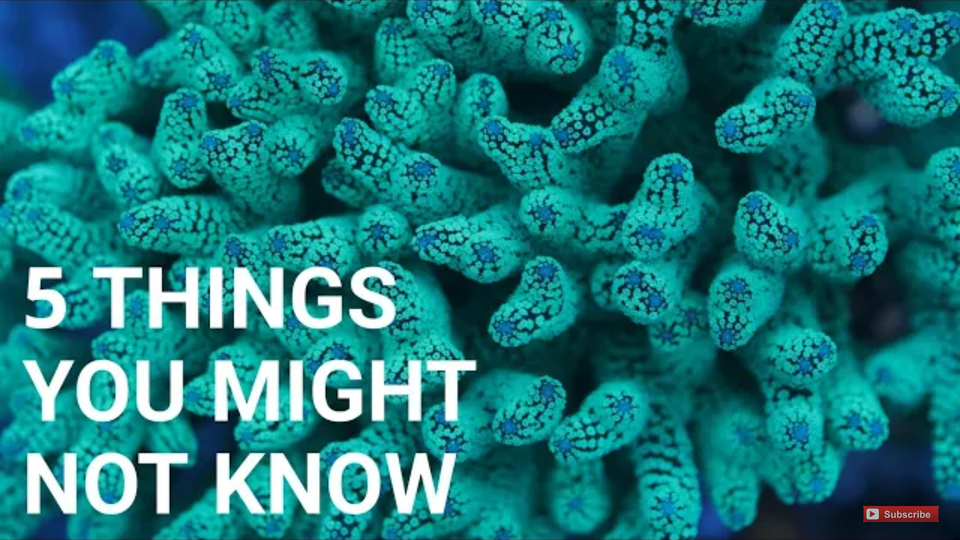4 Things About Saltwater Aquarium That No One Will Tell You
- May 07, 2021
- Anshika Mishra
- 355 0 0

In a hobby that can feel shrouded and mysterious, there are probably a million things you don't when you first start in marine reef keeping. But that is now what this article is about, here are 4-things that you probably didn't know even after being in the hobby for years.
1. How to Check If Your Test Kit Is Accurate?
There are referring solutions that can tell you whether or not your test kit is accurate. There are times when you test water parameters, but something about the result just doesn't feel right. So, you may choose to double test the result with a different test kit, but if that test kit gives you different results to the first, which one will you trust?
The answer is to check your test kit against a reference solution. You can get specific solutions that can give you a reading for nitrate and phosphate or you can get something more bridge that can get you reading for almost everything from calcium, magnesium, alkalinity, nitrate, phosphate, and many more.
2. How To Read Measuring Cylinders?
This is something that you have been doing wrong without realizing, reading volumetric cylinders. When you are filling a cylinder to test your parameters, or taking a reading when calibrating your dosing pump, reading the exact water level in a cylinder can be tricky.
The water sits in a convex shape, whereby the level in the center is lower than the outside. But, do you take the reading from the lowest point or the highest point to do you split the difference.
Well, this convex curve is actually called meniscus and quite simply the correct way to read the measurement is to use the bottom of the meniscus. As long as you use the same point every time, it doesn't really matter, as consistency is more important than the exact amount, its just nice to know that you are getting it right.
3. What Are The Frag Racks Really For?
Most people don't use frag racks for the proper purpose. In many tanks, frag racks are used as a place to store flags to corals that are growing too quickly, and there are really handy places to let frags settle before you sell them.
But the proper way to use frag racks is for photo-acclimating new corals. Most local fish shops will run their light at lower intensities to avoid shocking the new arrivals they receive every week. So, there is a good chance that your aquarium light will be stronger and therefore has the potential to bleach new corals.
So, if you plan on placing them higher in your tank, start by resting them on a frag rack, nice and low, and then slowly move the frag rack to a higher position a few weeks before fixing the frag in its final place.
4. Some Salt Mixes Have High po4
The penultimate thing you might not know is that some salt mixes have a high level of phosphate. It probably feels safe to assume that salt mixes contain 0-nitrate and phosphate, after all, many of us use water changes as part of our nutrient control regime, and some manufacturers even claim that their mixes are free from nitrate and phosphate.
But, if you have never tested the parameter of your freshly mixed saltwater, it is recommended to give it a go. The level of phosphate will carry from batch to batch, your saltwater may contain some phosphate, even if your TDS reads zero and the test kits we use might not be completely accurate.
So, just because you get a high result, doesn't necessarily mean you have bad salt. But, numerous other hobbyists have reported the same issue like this for many salt mixes. So, just know that if one of your water parameters is out of whack, it's with including a test on your newly mixed saltwater as part of your search to isolate the cause.
So, that's it. Take time to enjoy the piece of ocean in your house, and until the next article
Happy Reefing!






About author